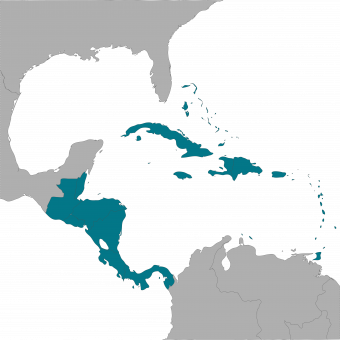Central America & the Caribbean
Recent Activity
This brief takes a look at hometown associations (HTAs)—immigrant organizations based on a common hometown—and their often overlooked function as integration intermediaries in their country of destination.
More than half of all the states in the world, countries of immigration as well as emigration, now tolerate some form or element of dual citizenship. This report goes beyond statistical trends to the heart of these changes and how best to think through the policy answers.
Thousands of Salvadorans fled the country during its civil war in the 1980s, many of them to the United States. The government is focused on engaging its diaspora but also must deal with immigrants from neighboring countries and issues around human trafficking.
This report identifies features of remittances that make them ideal leveraging agents for poverty reduction and migration management agendas, and proposes a four-part international research and policy agenda for maximizing the development impact of international remittances.
This report draws from the existing body of knowledge surrounding circular migration to identify: research gaps, shortcomings of common policy routes, innovative circular migration policies, and critical considerations for policymakers seeking to design and implement positive circular migration schemes.
Little is known about Americans who have retired to Latin America. MPI's David Dixon, Julie Murray, and Julia Gelatt examine the U.S. retiree population in Mexico and Panama by looking at census and visa data as well as by interviewing American retirees in various communities.
For an increasing number of scholars, international migration has undergone a transformation particularly in the last decade or so. Although circular migration’s impact on development is far from settled, a review of the current literature suggests increasing optimism about its developmental potential.
Previously confined to everyday conversations among migrants and their families, remittances are now on the minds of most governments, members of civil society, the international community, and, to some extent, the private sector. The continued deficiency in our understanding of some of the fundamental aspects of remittances is evident in current literature.










Addressing the Next Displacement Crisis in the Making in the Americas
The next major displacement of people in the Americas is in the making, and it is going unnoticed. The response to the steady emigration from Haiti seen since a devastating 2010 earthquake has been largely haphazard and may not stand the test of new spikes as the country unravels further. This commentary suggests a way forward, based on a model used for the Venezuelan displacement crisis.